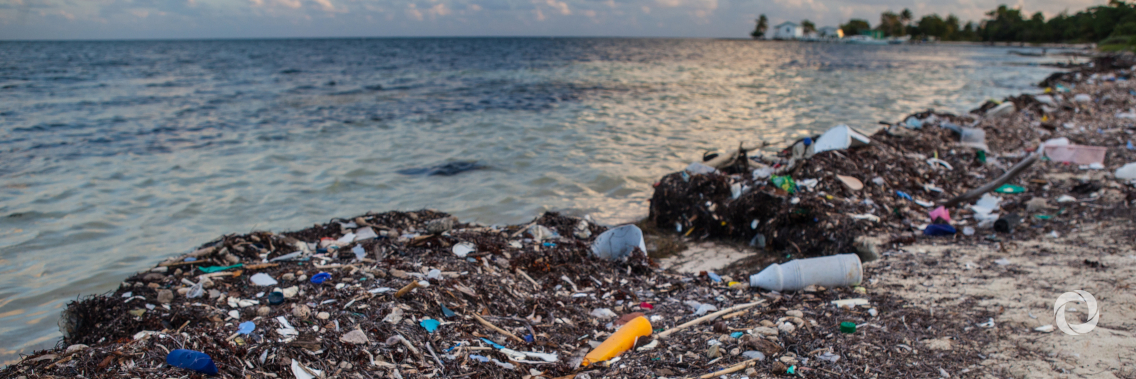Humans seem to be drowning in their own waste. The problem is most obvious with plastic waste, but metal, mercury, lead, rare earth elements, construction waste, and plaster also end up on the rubbish heap – stretching our planet to its limits.
Europe is leading the way in the fight against the plastic waste that is turning beaches and oceans into rubbish tips. Members of the European Parliament voted to ban ten frequently sold single-use plastic products as of 2021. They include cotton buds, drinking straws, disposable cutlery and plates and expanded polystyrene containers. These throwaway products are all among those most often found on the beaches of 17 EU member states.
But there is still a long way to go. While banning single-use plastic products is a step in the right direction, its impact is minimal given the overall situation. These throwaway products make up only a very small percentage of total plastic consumption. In Germany, Europe’s largest economy, they account for a total of about 105,000 tonnes, whereas three million tonnes of plastic packaging was used over the same period. After a short time, most of this packaging also ends up as waste. That means that the globally applauded EU regulation is reducing this torrent of plastic waste in Germany by only three percent.
The ban on single-use plastics is only a partial solution to a partial problem. Even if the EU’s move is copied on other continents, it is nowhere near enough.
One thing is certain – the volume of waste is growing worldwide, in industrialised countries as in developing countries – not only, but particularly, plastic waste. Since the advent of the plastic age in the 1950s, around eight billion tonnes of plastic have been manufactured worldwide. Currently, global annual production is just under 400 million tonnes, which is roughly equivalent to the weight of two-thirds of the people living in the world today. Experts believe that the quantities produced could quadruple by 2050 if no action is taken to change this course.
Today, we are facing a new dimension of waste problems, because the number of people on the planet is rising exponentially, because people around the globe are copying the resource-intensive lifestyle of the first countries to industrialise, and because modern waste contains contaminants that have no place in the biosphere.
The key to ending the high level of resource consumption and therefore also the torrents of waste is to achieve better resource productivity – i.e. to make more effective use of the materials to produce the services required. In Germany, per capita consumption of natural resources has actually risen again over the last few years.
As with climate change, a radical turnaround is needed in the way we use raw materials. Waste must be drastically reduced in manufacturing, consumption and solid waste management.
Unfortunately, the main producers of waste still lack awareness of the problem, although encouraging decisions have been taken. India, for instance, has voted to ban single-use plastics from 2022. Kenya has ended the use of plastic bags, and Israel has halved the number of plastic bags in the sea. But of the main problem countries, only Indonesia and the Philippines have signed up for the Clean Seas campaign launched by the UN in 2017, demonstrating that a lot needs to happen before the awareness of the danger posed by plastic matches the awareness of climate change.
Nevertheless, the goal must be to adopt an international agreement, binding under international law, which commits governments to end plastic pollution. Not only in our seas and oceans. The key must be avoiding plastic, ensuring multiple use where it is unavoidable, and putting in place a closed circular economy for plastic.
Original source: GIZ
Published on 02 September 2019

